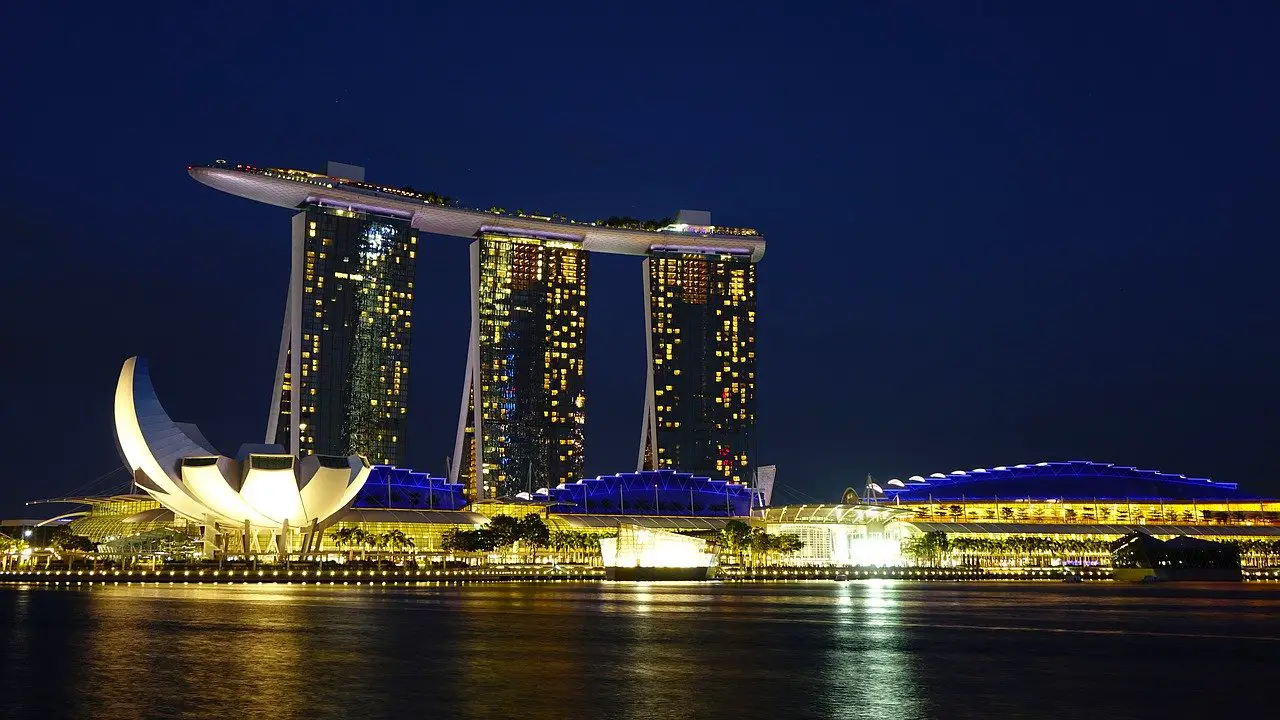Singapore is predominantly a business state. The backbone of the country’s economy is trade.
Some of the quick facts about the country are that it is made up of 43 percent of people who were born outside of Singapore. The country has a population of 5.26 million people with 3.27 million being Singaporean citizens, 1.4 million being non-permanent residents while 0.54 million being permanent residents.
English is the official business language in Singapore. However, they communicate in Chinese Mandarin, Malay, and Tamil.
Singapore boasts of the 6th highest GDP per capita income in the world with $52,888. Also, the country traffic rules are driving on the left side of the road.
Furthermore, the official currency of Singapore is the Singaporean dollar which when compared against the US dollar, I USD equals 1.42 SGD. Let us now sample some of the costs that you are likely to be required to shoulder while moving to Singapore.
1. Shipping costs
Shipping costs may be very expensive. It isn’t only the costs but also the risk it takes to transfer goods from one end of the world to another.
Before embarking on your Singapore travel plans, you need to check out the costs to ship your goods from where you are.
2. Visa costs
 The purpose of your stay in Singapore will determine the amount you will be charged for a visa.
The purpose of your stay in Singapore will determine the amount you will be charged for a visa.
Student visas are usually the cheapest ranging from as low as $90, employment pass is issued after payment of S$220. Entrepass, as well as training employment pass, is charged at S$220.
S-pass and work holiday programs cost at least S$140, while the dependent’s pass costs S$210.
These listings are with the ministry of manpower, Singapore. In case you need more information and clarification.
3. Housing costs
In a country with one of the strongest economies in the world, housing is a very expensive aspect of human living.
Before you move to Singapore, consider the housing costs first. The government cushions the citizens from these costs by constructing public houses that one can rent for purchases.
If one is to buy a public house, they can take out HDB loans that are affordable and can be paid over a long time. However, the costs of private condos are three or four times the price of the public houses.
Public houses are basic and lack fancy structures and antique that some people look for. Hence the purpose of the private housing projects.
Rental rates are equally very high with none of the houses even a single studio room costing more than S$1000. To have a one-bedroom apartment in the city, you may need a rent amount totaling to about S$2000 to S$4500 per month.
The prices of the houses are progressively expensive. When compared to other cities such as London, Toronto, and Sydney, Singapore was 3.93 percent, 49.87 percent, and 19.65 percent more expensive than those cities respectively.
It is worth noting, however, that the prices of houses reduce progressively as you move further from the city center.
4. Food, groceries, and bills
You could borrow money to pay utility bills by setting up a budget. You are already aware that bills and utility payments are unavoidable in a household but having an accurate budget makes things easier for you. Your bills may have gone up lately, or you may have gotten a higher rate as the economy improves.
Budgeting household finances is necessary to ensure you make a plan for your future finances and live within your means. Your monthly budget should include savings and any extra money you may have. In case you are in urgent need of funds, check LoanAdvisor to get the best rates!
Prices of food, especially groceries in Singapore, is slightly higher than the prices of the other neighboring countries. This is because almost all groceries consumed in Singapore are imported.
This trend is, however, different from hotel and restaurant costs since Singapore exhibits low rates than other major cities. While out for shopping, it is crucial to visit the local markets for groceries. Supermarkets are always more expensive.
Also, meals and coffee can be bought from food hawkers. They tend to be cheaper than restaurants and hotels.
5. Transportation
Public transportation in Singapore is one of the least expensive means of travel compared to other major world cities. You will need to pay based on the distance traveled.
You can as well get transfers from buses to train networks and vice versa. The tickets starting with the new standard ticket averages at S$ 1 to S$2.30.
The adult stored ticket costs S$10 and has a deposit of S$5 which is non-refundable. The tourist pass has a fixed cost of S$10 for the day’s travel and a deposit of S$10 which is refundable in five days.
The MRT gives free transport services in the morning before 7.45 am when the network is officially opened for ticket travels.
Private transport, on the other hand, is expensive. But since you cannot do without it especially when you are rushing with time, or you are a night person. Payment either depends on the time spent on the road or the distance covered.
Car ownership, on the other hand, is very low in Singapore. The cost of purchase, running, maintenance, and registration is very high. Therefore, people prefer public transport over having to buy fuel and maintain a costly car.
6. Taxation
 Tax rates in Singapore are one of the best systems when compared to other systems in the world. The highest rate is 22 percent and applies to those individuals with an annual income exceeding S$320,000.
Tax rates in Singapore are one of the best systems when compared to other systems in the world. The highest rate is 22 percent and applies to those individuals with an annual income exceeding S$320,000.
Tax residency is determined when a non-citizen stays in Singapore fg0ort more than 183 days in the previous fiscal year. Then this person is eligible to pay 2 percent to 15 percent of the total income.
In addition, the Inland Revenue Authority of Singapore charges 7 percent of taxes on goods and services. The tax is known as the goods and service tax (GST).
7. Flight costs
While moving to Singapore, you will need information on the flight tickets to your home or other world destinations in case you may be away for work commitments. The costs do vary from one town to another:
- London S$956
- Dubai S$626
- Los Angeles S$1224
The bottom line: Moving to Singapore
Knowing the costs of the basic needs of a country you want to move into gives you an idea of what you may need in the future to survive there. It gives someone encouragement and a sense of preparedness. It also gives an overview of what to ship and what to leave.
For example, cars in Singapore are driven on the left-hand side of the road. If an American were to move to Singapore, then they would have to change their license and car as well, invalidating the need to ship their car.

I am Adeyemi Adetilewa, an SEO Specialist helping online businesses grow through content creation and proven SEO strategies. Proficient in WordPress CMS, Technical Site Audits, Search Engine Optimization, Keyword Research, and Technical Writing (Portfolio).
Founder and Editor-In-Chief of Ideas Plus Business Magazine, an online business resource for entrepreneurs. I help brands share unique and impactful stories through the use of public relations, advertising, and online marketing. My work has been featured in the Huffington Post, Thrive Global, Addicted2Success, Hackernoon, The Good Men Project, and other publications.